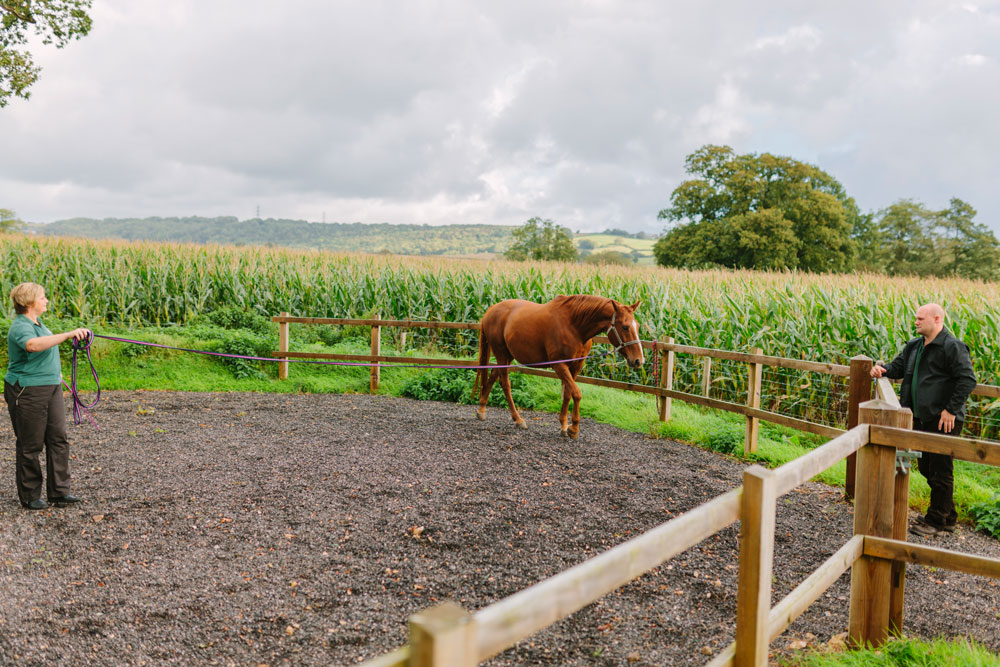
Often a horse will appear sound when out at pasture, on a longe line or in a round pen. Then, when the horse is put under saddle, it has lameness issues. This is often called ‘bridle lameness.’
It is not always possible to know if the cause is the saddle, the rider or a genuine physical problem that appears with added weight to the horse’s back.
Sue Dyson, MA, VetMB, PhD, from Britain, and Erin Contino, DVM, MS, MCVSMR, Assistant Professor at Colorado State University’s College of Veterinary and Biomedical Sciences, spoke to equine veterinarians about saddle fit and back issues at the 2020 AAEP Convention. Those two experts recommend systematic elimination of each potential problem to determine the underlying cause of ‘bridle lameness.’
Start by having the horse examined thoroughly by an equine veterinarian who specializes in musculoskeletal issues of the horse. This examination probably will include palpation of the limbs, back and neck (potentially using chiropractic or acupuncture/acupressure points to provide more information); nerve blocks; and a variety of diagnostic imaging modalities.
You can change how the horse is ridden by first using no saddle, girth or bridle (if possible). Then you can change saddles and pads (even try an English or Western saddle versus what you normally ride in) to determine if there is some pressure point caused by equipment.
With the horse ridden in his normal tack with his normal rider, have the horse move on a long rein without any rider influence on the head or neck. You also can have a different rider exercise the horse to see if that makes a difference.
Trying to diagnose a subtle lameness that occurs only when the horse is ridden can be difficult, but with today’s veterinary expertise and advanced imaging modalities, you are more likely to get to the bottom of this type of issue.


